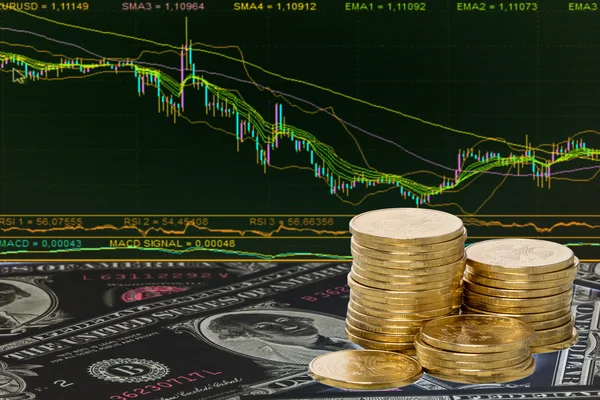Understanding the concept of pips is crucial for anyone involved in Forex trading. Pips, short for “percentage in point,” are the smallest unit of price movement in currency trading. They play a vital role in determining profits and losses, as well as shaping trading strategies. In this article, we will delve into the basics of pips in Forex trading, how they measure price movements, and their significance in the world of currency trading.
Understanding Pips: The Basics of Forex Trading

Pips are the foundation of price movement in the Forex market. They represent the fourth decimal place in currency pairs, with the exception of Japanese yen pairs, where they are the second decimal place. For example, if the EUR/USD currency pair moves from 1.2000 to 1.2010, that’s a movement of 10 pips. Understanding pips is essential for determining the value of a trade, calculating profits and losses, and setting stop-loss and take-profit levels.
How Pips Measure Price Movements in Forex

Pips are used to measure the change in value between two currencies. In a currency pair, one currency is the base currency, and the other is the quote currency. The value of one pip is determined by the size of the trade and the exchange rate of the currency pair. For most currency pairs, a pip is equal to 0.0001, but for yen pairs, it is equal to 0.01. As currency prices fluctuate, the number of pips a currency pair moves indicates the extent of the price change.
Calculating Profits and Losses with Pips

Understanding how to calculate profits and losses using pips is essential for Forex traders. When trading, the profit or loss on a trade is measured in pips. To calculate this, you need to know the size of the trade, the number of pips the currency pair moved, and the exchange rate. By multiplying the number of pips by the size of the trade, you can determine the monetary value of the profit or loss.
The Importance of Pips in Forex Trading

Pips are a fundamental aspect of Forex trading, influencing every trade that a trader makes. They provide a standardized way to measure and express price movements, allowing traders to quantify their gains and losses. By understanding pips, traders can make informed decisions about their trades, manage risk effectively, and set realistic profit targets.
How Pips Impact Your Trading Strategy

Pips play a crucial role in shaping trading strategies. Traders can use pips to set stop-loss and take-profit levels, determine position sizes, and assess the risk-reward ratio of a trade. By incorporating pips into their trading strategy, traders can make more informed decisions and increase their chances of success in the Forex market.
Strategies for Maximizing Profits Using Pips

To maximize profits using pips, traders can implement various strategies. One common approach is to set realistic profit targets based on the number of pips a currency pair typically moves. Traders can also use trailing stop-loss orders to lock in profits as the trade moves in their favor. Additionally, scaling into and out of trades based on pips can help traders capture more profits while managing risk effectively.
In conclusion, pips are an essential component of Forex trading, influencing every aspect of a trader’s decision-making process. By understanding how pips measure price movements, calculating profits and losses, and incorporating them into trading strategies, traders can enhance their profitability and minimize risks. Mastering the concept of pips is a key step towards becoming a successful Forex trader.


20 Comments